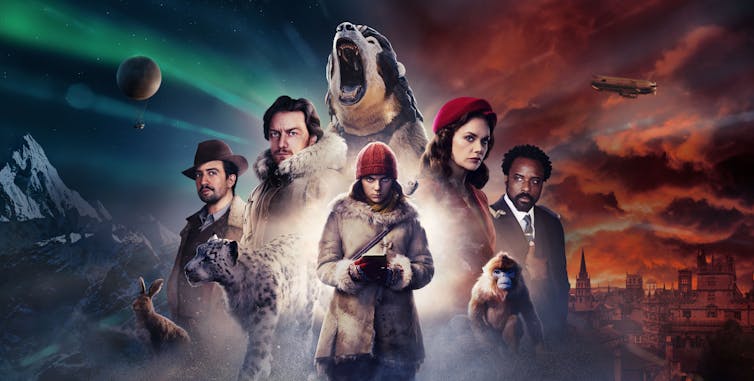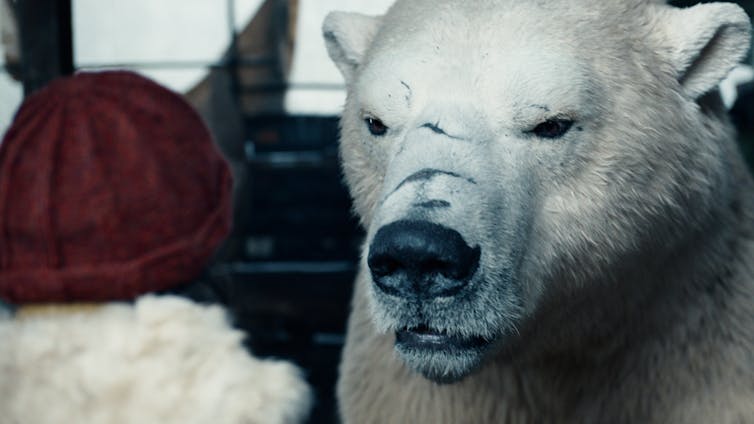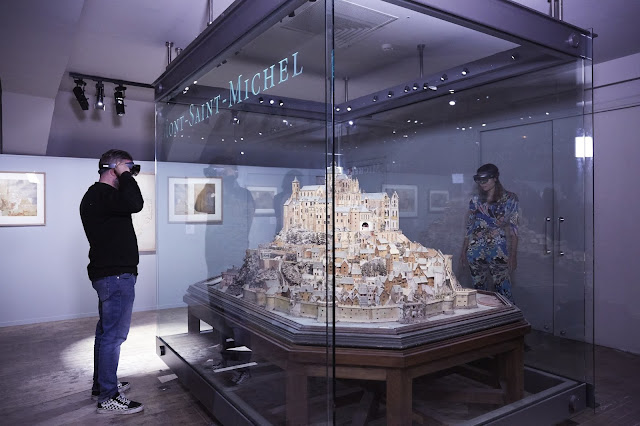 |
| World Animal Protection and other Leaders, urge UN Officials to Reduce Greenhouse Gases from Intensive Animal Agriculture |
In the policy brief the organizations outlined five key actions
- Providing technical assistance for countries to include food and agriculture in emissions reduction targets
- Promoting sustainable diets and food production in climate and development policies
- Internalizing the costs of livestock production and ending tax subsidies for feed crops
- Aligning efforts across government departments to address meat and dairy production as well as consumption
- Shifting procurement to prioritize purchasing low-impact foods.
"We as a society are watching our world burn because of the over production of meat and dairy. Intensive animal farming is among the biggest contributors to climate change," said Alesia Soltanpanah, Executive Director World Animal Protection, US. "We cannot stand around and wait for the next generation to make a difference. Our world leaders need to take immediate action to transform our global food system."
 |
| World Animal Protection and other Leaders, urge UN Officials to Reduce Greenhouse Gases from Intensive Animal Agriculture (image via World Animal Protection) |
A report by the Food and Agriculture Organization of the United Nations found that the livestock sector alone accounts for at least 14.5% of global greenhouse gas emissions, more than all forms of transportation combined. What's more, it is projected that demand for animal products will increase 70% by 2050. Studies have shown that it will not be possible to meet global climate targets, including limiting the temperature increase of 1.5°C above pre-industrial levels set forth by the Paris Agreement, without dramatically reducing meat and dairy consumption and production.
Thus far, the conversation around the overconsumption of animal-based foods has been largely absent from international climate talks and commitments. The majority of food-related efforts focus on improving production practices with few or no significant targets for shifting to less climate-intensive diets.
By reducing meat and dairy consumption through public policy, world leaders can not only create a more sustainable future, but also free up resources to move to higher welfare practices for farmed animals.
It is vital that every effort to cut back consumption of animal-based products is taken to ensure we have a habitable planet for humans and animals.
The call for action was prepared by Brighter Green and Center for Biological Diversity, in partnership with the Food and Climate Alliance and endorsed by World Animal Protection, 50by40, Animal Legal Defense Fund, Buddhist Tzu Chi Foundation, Compassion in World Farming, Farm Forward, Feedback, Health Care Without Harm, Humane Society International, ICLEI, Israeli Forum for Sustainable Nutrition, ProVeg International, and Vegetarianos Hoy.
SOURCE: World Animal Protection






































